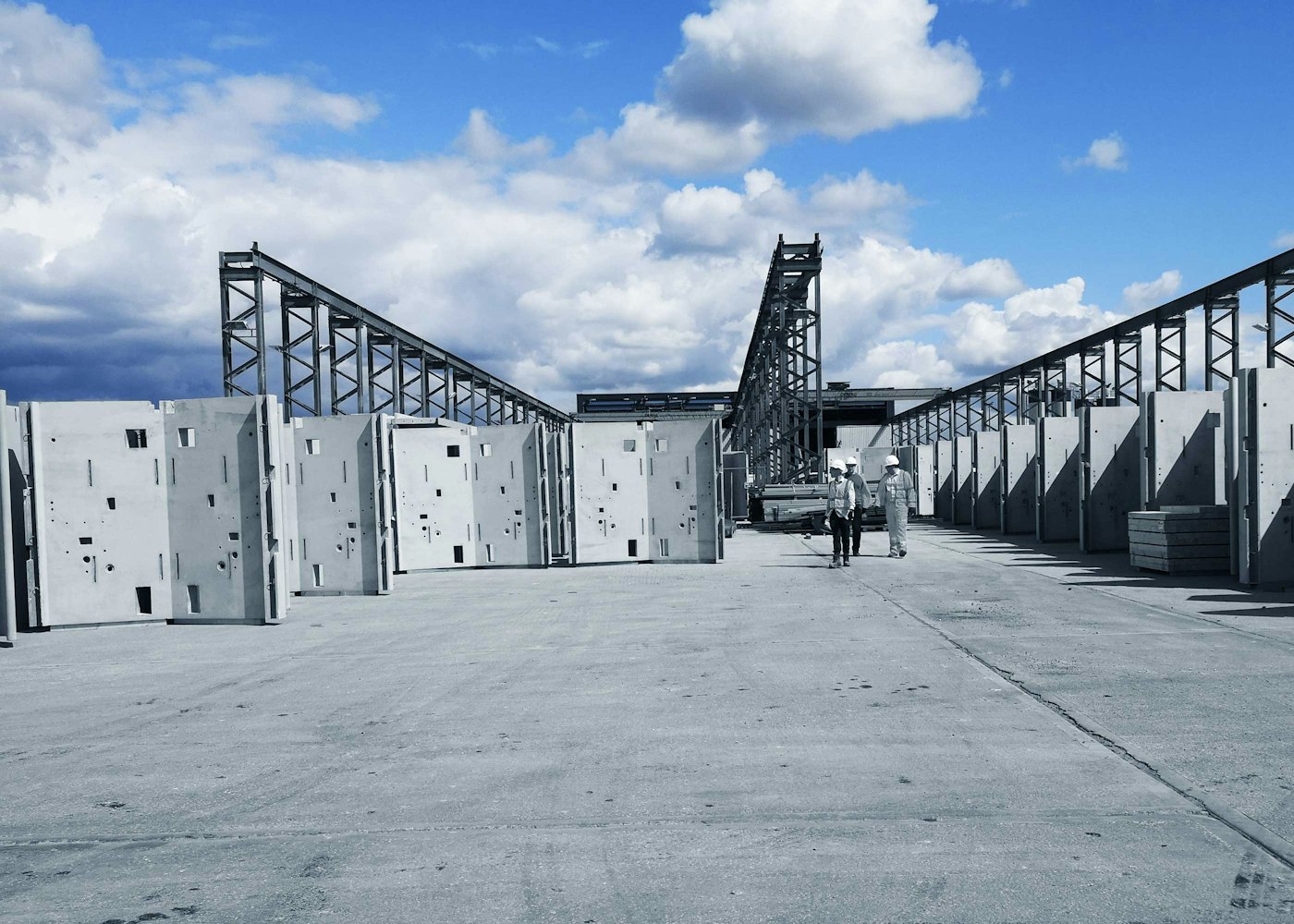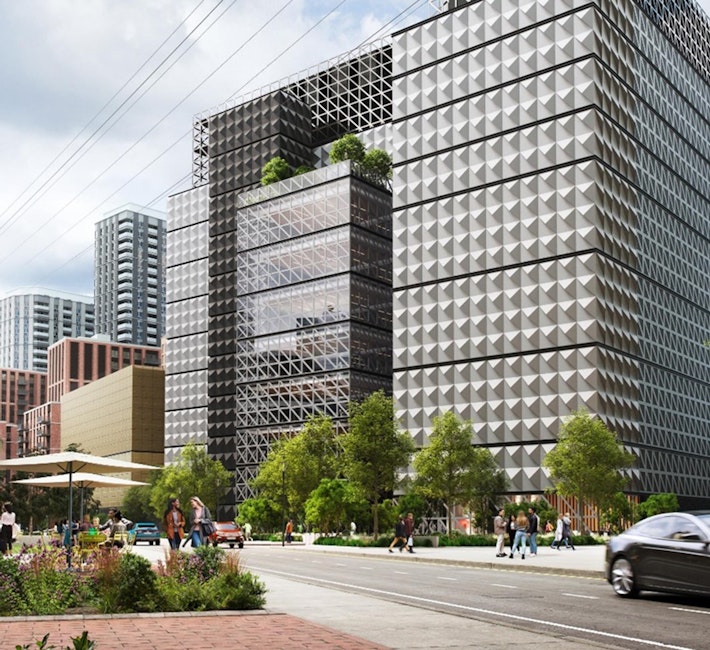- Home
- News & Views
- Decarbonising Precast Concrete project results launched
Curtins have been supporting Akerlof, Forterra, PCE and Accelar on an Innovate UK-funded project to decarbonise precast concrete systems and we are delighted to share the results of the research.
Watch the video and download the report here. https://akerlof.co.uk/decarbonising-concrete/
More than 30 experts were involved on this project with specialities in precast design, precast manufacture mixes, offsite construction and measuring embodied carbon. The team’s circular and collaborative approach to promoting innovation in precast concrete systems has resulted in the potential to reduce 40% of the build asset’s embodied carbon across the product (A1-A3) and construction (A4-A5) stage.
The project has been supported by the Ministry of Justice (external stakeholder), where this holistic driven approach involved the team undertaking an initial benchmark exercise on the real-world HM Prison Glen Parva House Block super-structure to identify the embodied carbon intensive packages. Design studies were then developed to target these intensive packages and identify the optimal structural form in conjunction with leveraging an enhanced manufacture mix to reduce material quantities at the product stage (A1-A3) for the build asset. Followed by mapping out the operation activities across the supply chain to reduce the impact of embodied carbon across the construction stage (A4-A5) for the build asset.

The resulting process is technically ready and commercially viable, and ready for adoption across the construction sector, including in private sale and rental residential, student housing, schools, custodial and healthcare infrastructure.
Why is this an important milestone?
Precast concrete is one of the most widely adopted modern methods of construction (MMC), with the UK market forecast to grow by 18% to £2.3 billion by 2024. As whole-life emissions calculations become more intrinsic to the UK’s built environment, precast concrete’s carbon intensive nature at the beginning of its lifecycle will prove problematic for many designers and specifiers of new buildings if no new ways are adopted.
The collaborative team hope that this work will stimulate and form the basis of further advancements with the precast concrete sector and demonstrate the power of collaboration in providing inspiration to other net zero initiatives.
Tags:



